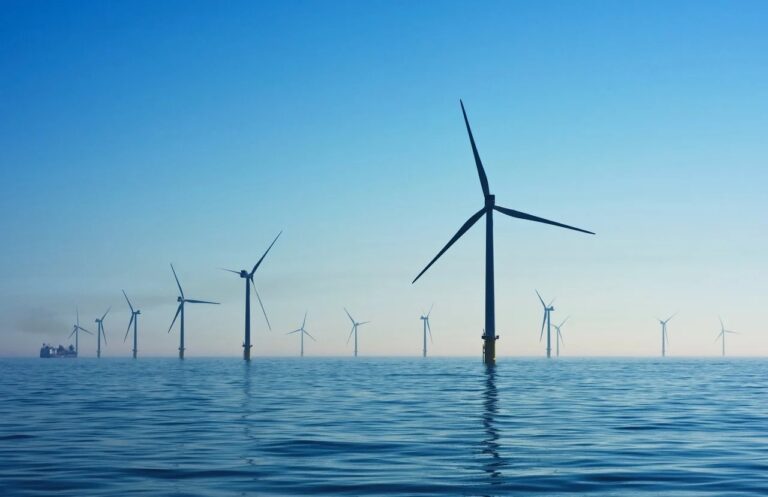South Korea-based cable specialty company LS Cable & System, together with its consortium partners Jan De Nul Group and Denys, signed contracts for two 525 HVDC cable systems for the two grid connection systems BalWin4 and LanWin1.
Last May, LS Cable & System said, it signed one out of three comprehensive long-term frame contracts with TenneT, the national transmission system grid operator in the Netherlands and Germany, to provide 2GW grid connection systems for its national extra high-voltage grid.
However, recently, LS Cable & System announced that it signed contracts to supply high-voltage, direct current (HVDC) cable grid connection systems worth about KRW1.5 trillion with TenneT.
The project involves designing manufacturing, transporting, installation, protection and testing of three 525 kV cable systems for connecting offshore wind farms to the onshore grid via the BalWin4 and LanWin1 grid connections.
With this, the three companies will provide Netherlands based firm TenneT with the much-needed experience and innovative techniques to support its 2GW Program. Tennet has planned to supply over 35 million households using green wind energy infrastructure.
In total, more than 1,000 km of HVDC will be designed, manufactured, transported, installed, protected, and tested for these two projects. The firms will be responsible for supplying high-voltage direct current (HVDC) for power transmission networks and submarine/underground cables that are connected from the offshore wind farm in the North Sea.
“We have been preparing for the growing market by newly constructing an HVDC factory. The market is growing rapidly surrounding European and North American markets, and we are also planning to make additional investments,” LS C&S said in a statement.
The company said, “Power grid construction projects are becoming more active around the world, but as HVDC cables require large-scale facility investment and high technology, a small number of global cable companies, including LS Cable & System, are occupying most of the market.”
In May 2022, four European countries, i.e. Denmark, the Netherlands, Belgium, and Germany, agreed to jointly install offshore wind power facilities with a capacity of 65GW by 2030.

